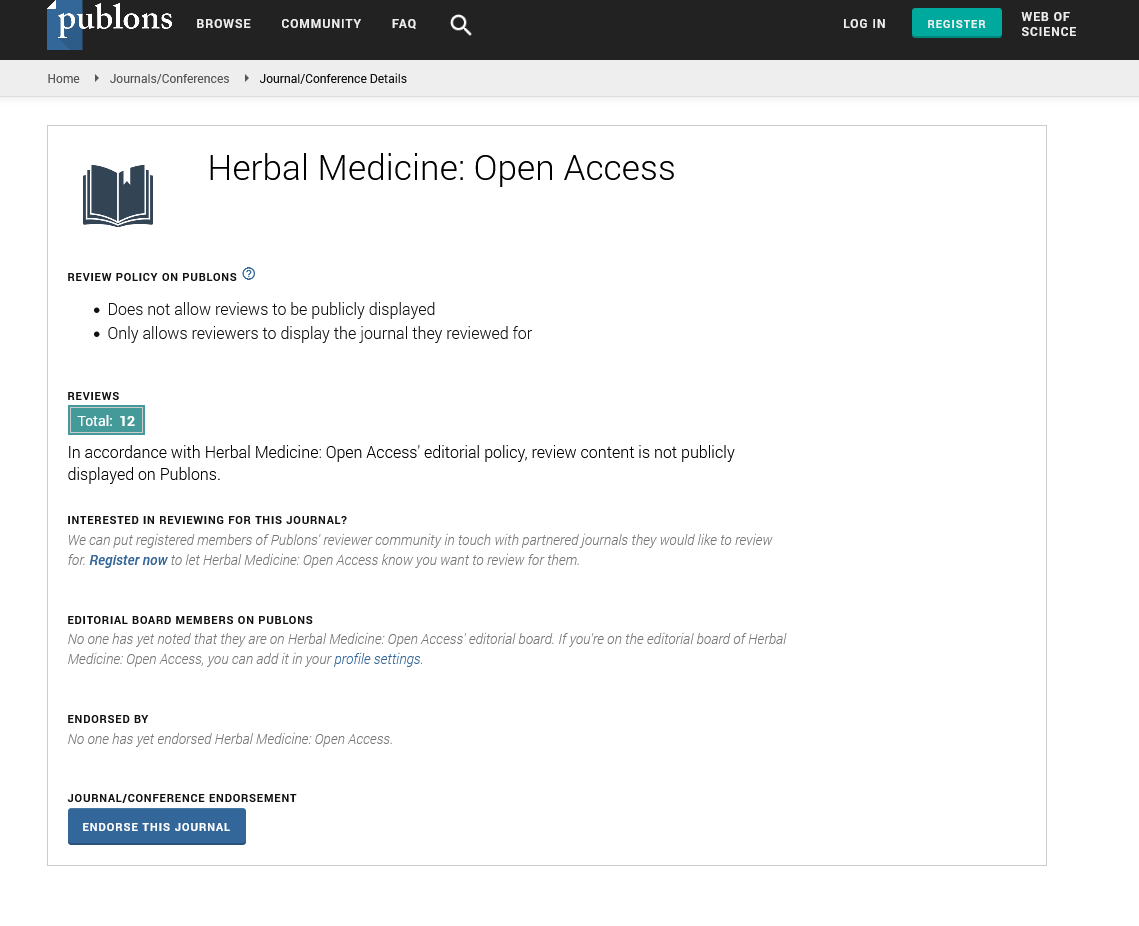Abstract
Developmental Chronology of the Endangered Perennial Ferula jaeschkeana Vatke in Response to Habitat Variability and Altitude
The phenological behaviour of Ferula jaeschkeana Vatke, being unclear, was investigated for the first time with a conservation perspective. The present study revealed that at lower altitudes the plants enter into vegetative and reproductive phases comparatively earlier than the plants growing at higher altitudes. The plants overwinter in the form of underground root tubers which remain dormant throughout the chilling winter months. The plants sprout at the return of the favorable season in the 2nd week of March in natural populations and the process of sprouting lasts over a period of nearly 14-25 days. After 2-3 weeks of active vegetative period, the reproductive phase initiates with the production of floral buds. A decreasing trend was observed in the phenological variables along the altitude. The flowering phenology indices showed an increasing trend along the altitude. The value of flowering phenology index of Mahoro (Ri) was highest (13.07 ± 1.0) in Gulmarg population and was found to be least (6.39 ± 0.53) in the transplanted population. The overall flowering synchrony (Z) peaked at 0.65 ± 0.04 in the transplanted population and was found to be highest 0.84 ± 0.12 in Gulmarg population. The value of flowering synchrony index of Marquis (S) peaked at 9.46 ± 0.44 in Gulmarg population and was minimum in transplanted population (4.40 ± 0.60). Our regression analysis showed a significant correlation and predicts that number of umbels per branch has a positive effect on the umbellules per umbel and flowers per umbellule in this plant species.
Author(s):
Ubaid Yaqoob and Irshad Ahmad Nawchoo
Abstract | Full-Text | PDF
Share this

Google scholar citation report
Citations : 271
Herbal Medicine: Open Access received 271 citations as per google scholar report
Herbal Medicine: Open Access peer review process verified at publons
Abstracted/Indexed in
- Google Scholar
- JournalTOCs
- China National Knowledge Infrastructure (CNKI)
- Directory of Research Journal Indexing (DRJI)
- WorldCat
- Publons
- Secret Search Engine Labs
- Zenodo
Open Access Journals
- Aquaculture & Veterinary Science
- Chemistry & Chemical Sciences
- Clinical Sciences
- Engineering
- General Science
- Genetics & Molecular Biology
- Health Care & Nursing
- Immunology & Microbiology
- Materials Science
- Mathematics & Physics
- Medical Sciences
- Neurology & Psychiatry
- Oncology & Cancer Science
- Pharmaceutical Sciences


